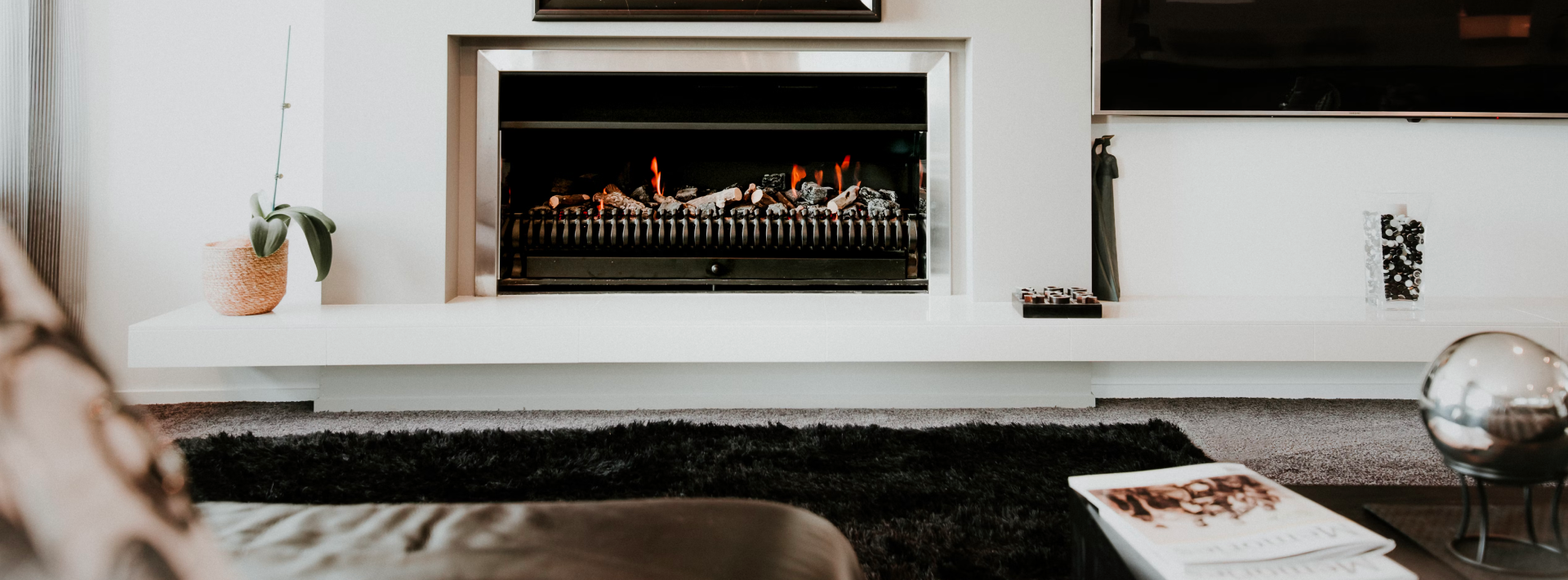Minimalist Interior Design Style
Embracing Simplicity and Clarity

Discovering Minimalist Style: Essentials, Functionality, and Aesthetics
Minimalist interior design focuses on simplicity, functionality, and the essential beauty of space and form. It's a style that reduces clutter and emphasizes the essence of living with less, promoting a sense of calm and order. This article explores the key elements that define minimalist design, from its restrained color palette to its sleek, functional furnishings.
Colors
The minimalist color palette is predominantly neutral, featuring:
- Whites: For purity, cleanliness, and light.
- Blacks: For depth, contrast, and sophistication.
- Greys: As a bridge between white and black, offering a subtle variety of shades.
Textures
Texture in minimalist design is used sparingly but purposefully to add depth and interest without clutter. Key textures include:
- Smooth Surfaces: Such as polished concrete, sleek wood, and glossy finishes, for a clean, modern look.
- Natural Fabrics: Like linen and wool, for warmth and comfort in a minimal setting.
Overall Atmosphere
The minimalist design ethos creates an environment that is serene, spacious, and light-filled. Furnishings are selected for their form and function, with an emphasis on quality over quantity. The result is a living space that fosters peace, focus, and simplicity, embodying the minimalist principle that less is more.
In essence, minimalist interior design celebrates the beauty and tranquility of simplicity. Through careful selection of colors, textures, and functional elements, it creates a space that is both aesthetically pleasing and profoundly peaceful.